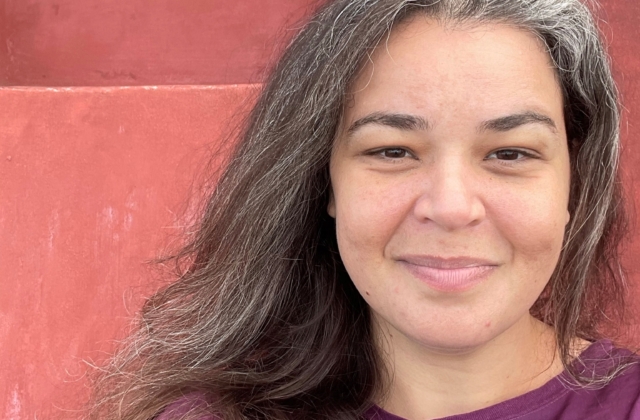Caroline Fernandes Caromano
NIAS-NIOD-KITLV fellow

Project title
(Re) Interweaving past and present
Research question
Through a transatlantic dialogue with traditional populations, this research aims to shift our gaze on the significance of the paintings and the portrayed peoples of Dutch Brazil in the 17th century.
Project description
Johan Maurits van Nassau-Siegen, governor of the Dutch colony in Northeastern Brazil from 1637-1644, financed the work of researchers and artists, building collections and portraying the nature and peoples of Dutch Brazil as a strategy to demonstrate his political mastery. Although these scientific and artistic descriptions did not fully represent the cultural diversity in the colony, they may have scientific validity when analyzed through modern anthropology.
Caroline Fernandes Caromano plans to engage in a transatlantic dialogue with Indigenous and Afro-Brazilian communities in Maranhão, the last area taken over by the Dutch in Brazil. She will focus on basketry to discuss the portrayed peoples and their society.
By collaborating with traditional communities, this research seeks to shift the focus of intellectual production and challenge conventional research practices. Through examining basket-making techniques, the study will explore broader issues about the historical portrayal of marginalized groups and their political influence.
Selected publications
- Caromano, Caroline Fernandes. Some ugly things that nobody studies: Provocations about Fire as a Museum Object. Indiana, vol. 37, n. 2, 2020, pp. 147-169. https://doi.org/10.18441/ind.v37i2.147-169
- Caromano, Caroline Fernandes & Françozo, Mariana. One Cara Grande for each museum in the world: The role of Borys Malkin in the formation of Lowland South-American Indigenous collections (1960-1970). Journal for Art Market Studies, vol. 7, n. 1, 2023. https://doi.org/10.23690/jams.v7i1.142
- Caromano, Caroline Fernandes, Kaki, Walid Dani, Van Andel, Tinde, & Kockelkorn, Max. Object analysis and species identification of an Asháninka hood from the Rio Ene valley, Peru. Ethnobiology and Conservation, 13, 2024. https://doi.org/10.15451/ec2024-05-13.14-1-14